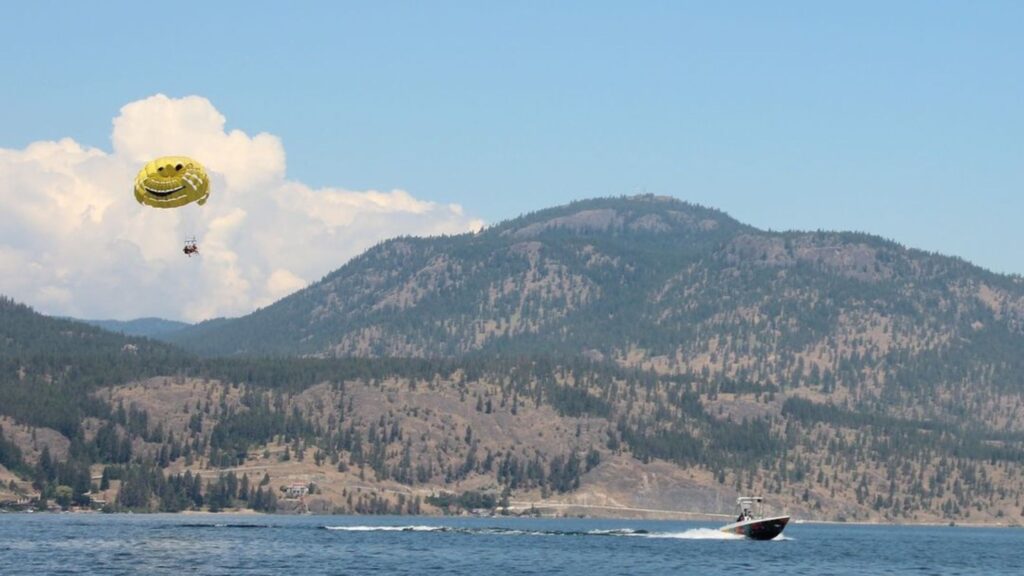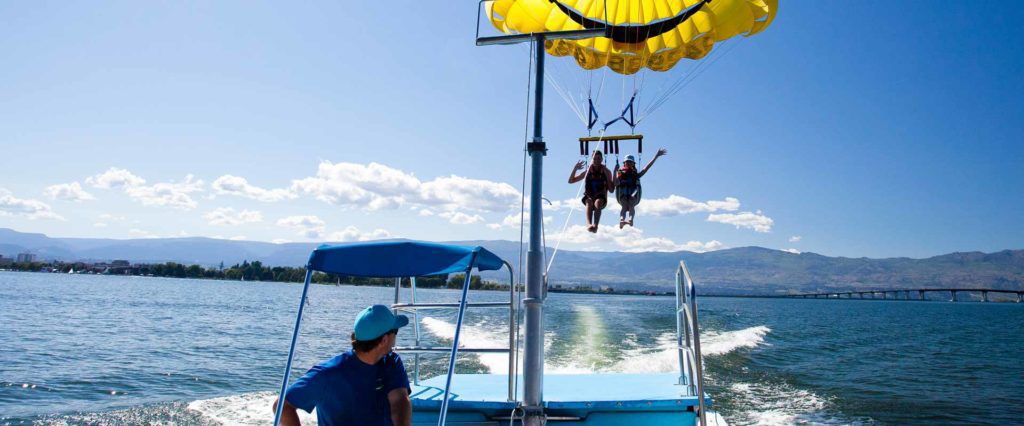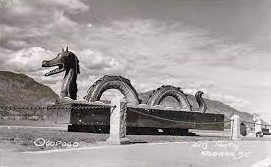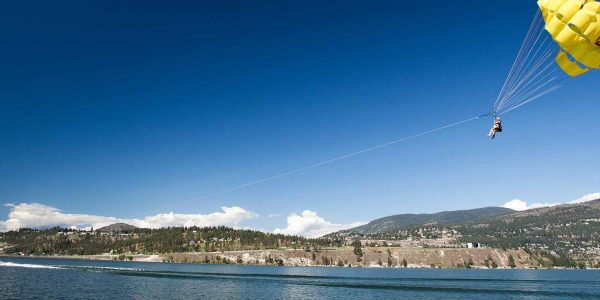Parasailing is one of the most exhilarating activities for tourists. The history of parasailing starts with one very practical and methodical designer, Pierre-Marcel Lemoigne.
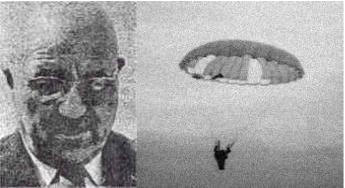
In 1962 the French engineer, Pierre Lemoigne developed the “Ascending-Gliding” Parachute. This concept was achieved by modifying a “ParaCommander” parachute. The design was based on the 24-gore ‘suspension line’ parachute that incorporated steering slots, which made it more maneuverable on descent.
Lemoigne established the Aeronautical Training Service to introduce his new “Ascending-Gliding” parachute as a training tool for parachutists. This allowed trainees to make controlled ascents and descents with sufficient wind and velocity which made training more efficient. Skydiving trainees no longer needed to be taken up in airplanes, which saved expenses overall.
McCulloh
In 1971, Mark McCulloh, developed modern day commercial parasailing equipment by creating cutting edge products and setting industry standards around the world.
To start things off, McCulloh invented the first self-contained parasail launch & recovery vessel that had a hydraulic winch and canopy assit mast incorporated. Together, this launched and retrieved the parasail canopy and parasailors to and from the vessel flight deck. McCulloh’s invention was patented in 1976 and later referred to as a “WINCHBOAT”. This set the industry standard that is utilized by all commercial parasail operations around the world.
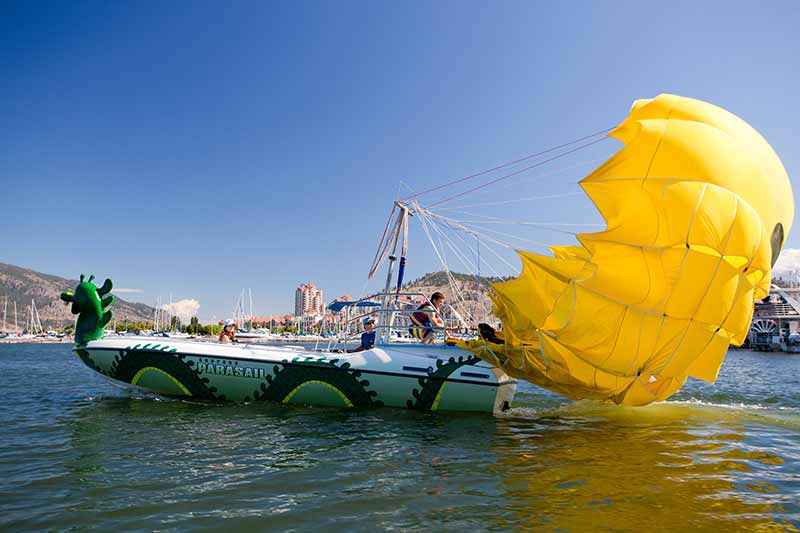
Gaskin
Before an official parasailing canopy existed, people used normal parachutes that were also being used for other activities such as skydiving. Although these alternatives worked fine, there was an issue with the canopy absorbing too much moisture.
In 1974, Brian Gaskin invented the first canopy design specific to parasailing. The “Waterbird” was revolutionary in its design, its unique tow harness arrangement, construction, and zero porosity fabrics allowed the canopy to withstand moisture to a greater degree.
The majority of commercial parasail operators then moved to this 16-gore canopy arrangement.
Modern Days
More recently, parasail operators have switched from small (20-foot range) canopies to large (30–40 feet) canopies with high-lift, low-drag designs. This enables parasailing operators to fly heavier loads in lower winds. By using the larger canopy, we can offer double and triple parasailing adventures by using an adjustable side-by-side bar arrangement which allows two or three passenger to enjoy the parasailing adventure together.


